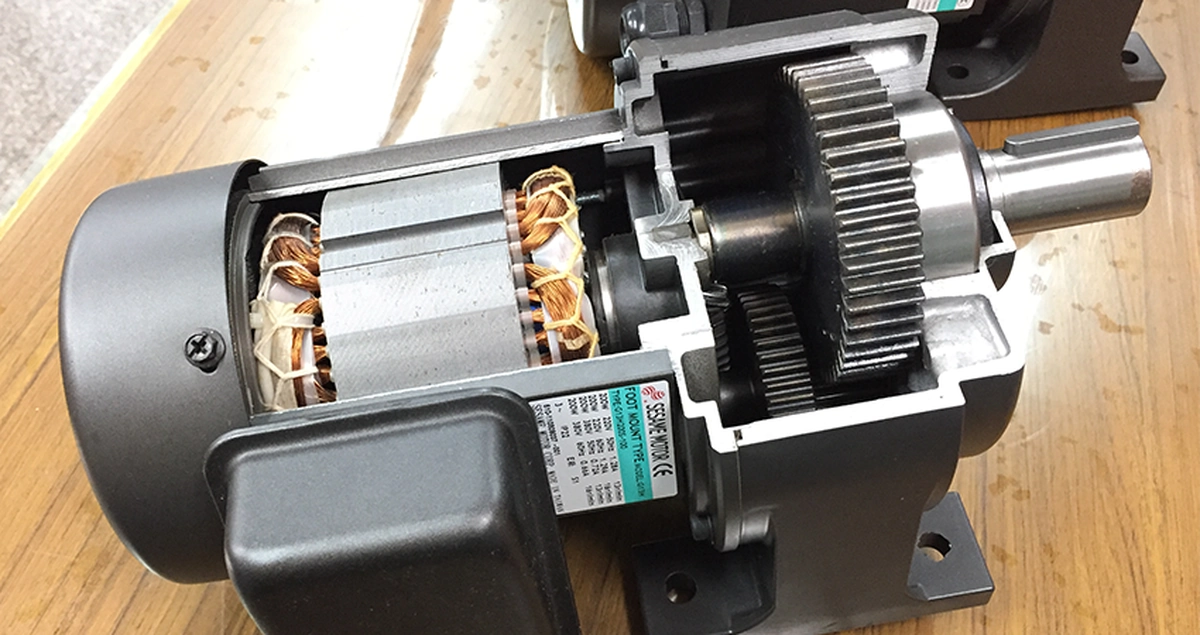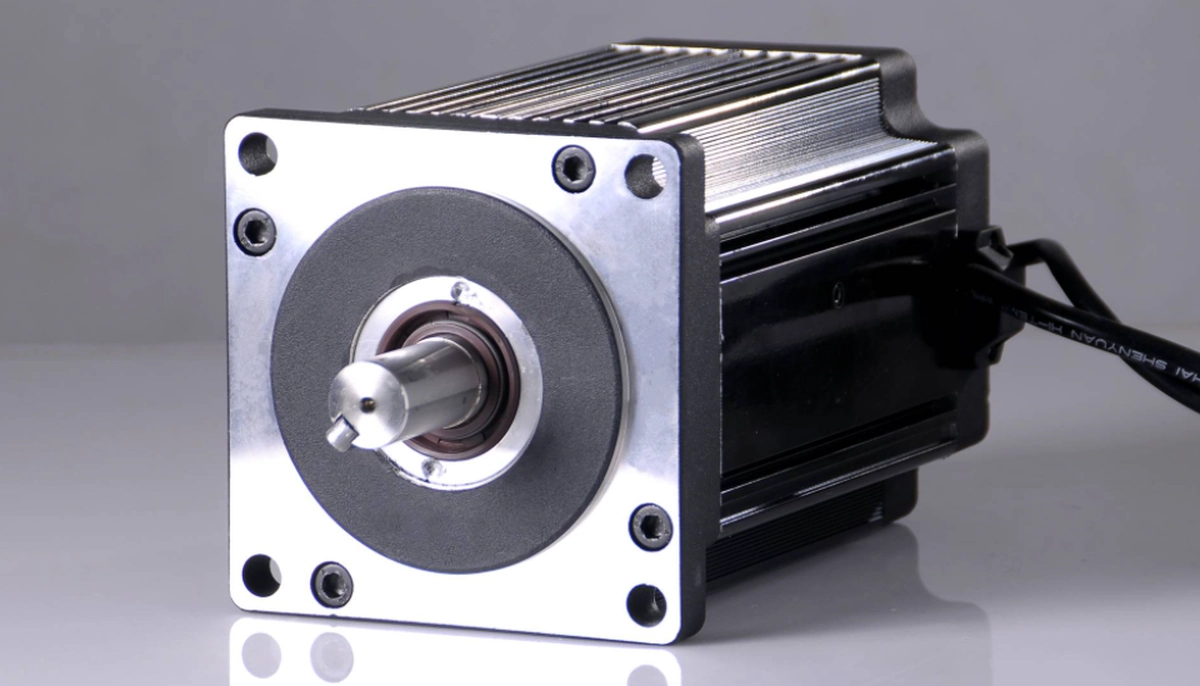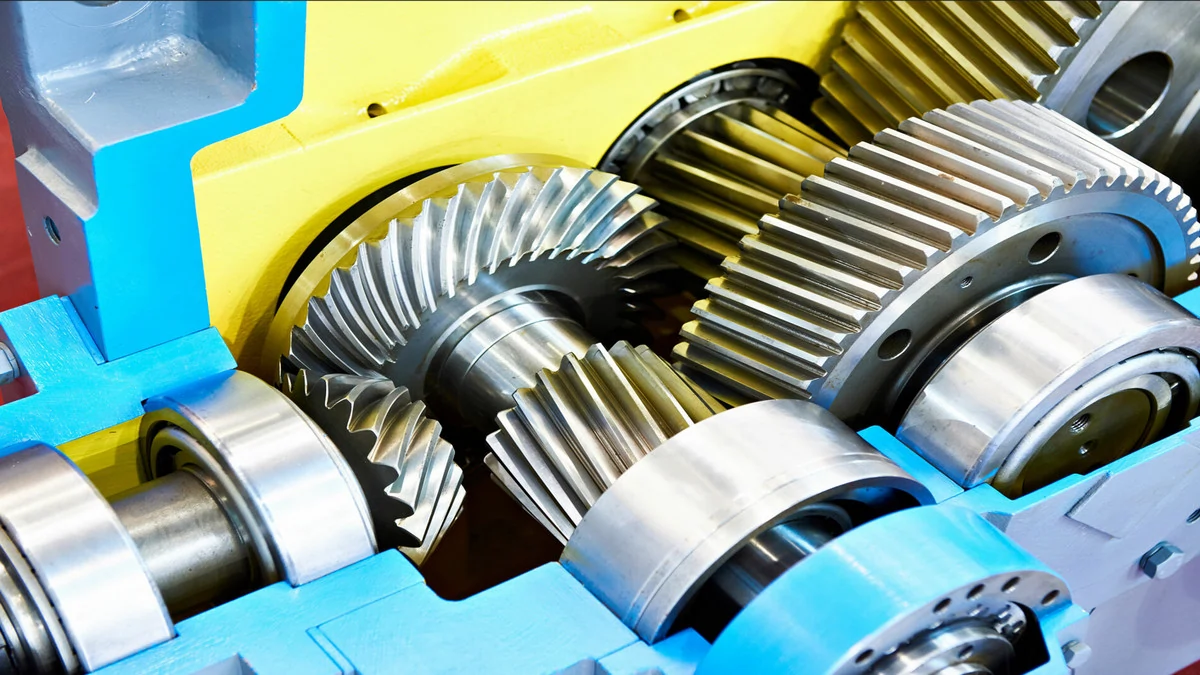- +86 19149417743
- Zhengzhou, Henan Province, China
- Mon-fri: 8am - 7pm
Get a quote
Hub motors have become an increasingly popular choice for electric vehicles, particularly those that require high torque and power. But have you ever wondered how these motors work? In this article, we'll delve into the inner workings of hub motors and explain their mechanics in detail.
A hub motor is an electric motor that is integrated into the hub of a wheel. It is designed to provide power directly to the wheel, eliminating the need for a transmission or drivetrain. This makes hub motors ideal for applications where high torque and power are required, such as electric vehicles, robotics, and industrial machinery.
The basic principle behind a hub motor is simple. It uses an electric current to generate a magnetic field that interacts with the motor's stator, causing the rotor to spin. The rotor is connected to the wheel hub, which rotates as the rotor spins. This rotation is what powers the vehicle or machinery.
A hub motor consists of several key components, including the stator, rotor, bearings, and magnets.
The stator is the stationary part of the motor that surrounds the rotor. It is made up of a series of coils that are excited by an electric current. The stator's magnetic field interacts with the rotor's magnetic field, causing the rotor to spin.
The rotor is the rotating part of the motor that is connected to the wheel hub. It is made up of a magnetic material that interacts with the stator's magnetic field. The rotor's magnetic field is created by a series of magnets that are embedded in the rotor.
The bearings are used to support the rotor and allow it to rotate smoothly. They are typically made of a durable material, such as ceramic or steel, and are designed to withstand the high loads and stresses that are generated by the motor.
The magnets are used to create the magnetic field that interacts with the stator's magnetic field. They are typically made of a strong magnetic material, such as neodymium, and are embedded in the rotor.
Now that we've covered the basic components of a hub motor, let's take a closer look at how it works.
Hub motors have several advantages over traditional electric motors.
Hub motors are capable of delivering high torque, making them ideal for applications that require a lot of power.
Hub motors are highly efficient, meaning that they can convert a large percentage of the electric energy into mechanical energy.
Hub motors are compact and lightweight, making them ideal for applications where space is limited.
Hub motors have fewer moving parts than traditional electric motors, which means that they require less maintenance.
Hub motors are a powerful and efficient way to power electric vehicles and machinery. Their compact design and high torque make them an ideal choice for a wide range of applications. By understanding how hub motors work, we can appreciate the technology that goes into creating these powerful devices. Whether you're an engineer designing a new electric vehicle or a enthusiast looking to upgrade your ride, hub motors are definitely worth considering.
 2024-03-06 17:12:12
Engineering
2024-03-06 17:12:12
Engineering
 2024-02-29 15:08:43
Engineering
2024-02-29 15:08:43
Engineering
 2024-02-27 10:12:57
Engineering
2024-02-27 10:12:57
Engineering